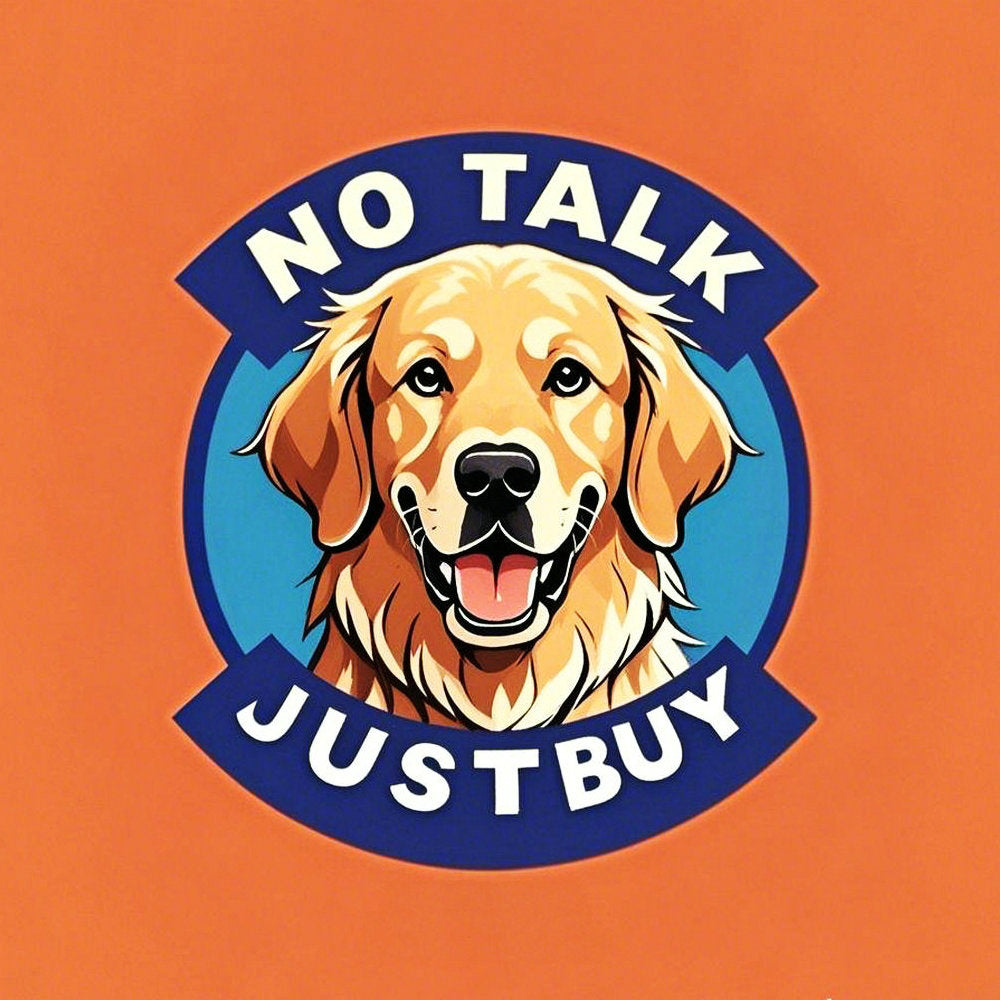The Bond Between Dogs and Their Owners
Dogs are a domesticated subspecies of the gray wolf (Canis lupus familiaris). Today, dogs do many jobs, from companionship to search and rescue, from hunting to helping humans with mental illness. However, wild dogs still wreak havoc in their local ecosystems by preying on native wildlife and causing severe population declines.
Dog ownership has been linked to better health and well-being. Studies have shown that spending time with a dog increases levels of the hormone oxytocin, which promotes feelings of trust and affection. Owning a dog also encourages people to get regular exercise, which helps lower blood pressure and reduce depression. In addition, being around a dog can help alleviate loneliness for those who live alone or work remotely.
The bond that exists between humans and their dogs is unique in the animal kingdom. It’s important to keep in mind, however, that dogs have their own needs and will respond differently to stressors and triggers. Some dogs may become aggressive, especially if they are not feeling good, so it’s important to understand their motivations for behavior and to correct them in a kind and gentle manner.
If a dog is being disobedient, it’s important to reward the desired behavior and penalize the undesired behaviors. This is called positive reinforcement, which means adding something the dog likes (e.g., petting) when it does what you want it to do. Similarly, negative punishment is taking away something the dog does not like (e.g., pushing the dog’s bottom towards the ground). When used properly, both of these methods are effective at teaching a dog what is acceptable and what is not.
While it is not entirely clear what caused dogs to separate from wolves, molecular data suggest it was likely because of natural selection or artificial selection by early human breeders. Dogs were bred for specific instincts, such as tracking and herding, as well as for appearance. As a result, some of the earliest domesticated dogs had very different body sizes than modern breeds of the same species. Over time, these differences have been reduced through selective breeding and culling of animals that did not perform as well, and their morphology has developed into a form that is more suited to the tasks they were selected for.
Research shows that dogs experience emotions similar to our own, including joy, sadness and fear. For instance, a 2018 study found that dogs attempt to comfort their owners when they are upset, which can be a good sign that they care about the people who depend on them for survival and love. It is also important to remember that dogs can sometimes suffer from post-traumatic stress disorder, just as people can, and it’s up to us to support our canine friends when they are struggling. If your dog exhibits symptoms of PTSD, speak to your veterinarian or a counselor for guidance.

